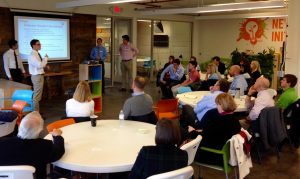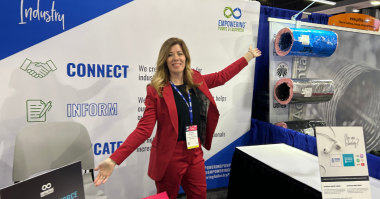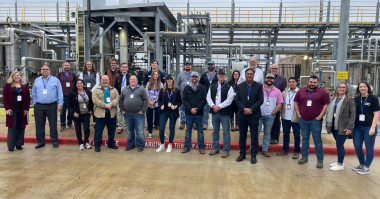Jobs in the engineering sector grew significantly between 2010 and 2014; according to an analysis published by Forbes in September 2014 (Source: http://www.forbes.com/sites/emsi/2014/09/12/the-most-in-demand-and-oldest-engineering-jobs/). While the study stated that jobs for petroleum engineers increased by 30% and industrial engineering jobs were up by an additional 10%, it also noted that these two fastest-growing engineering fields also employ the highest proportion of older engineers. “In both [industrial engineers and petroleum engineers], 25% of currently employed workers are 55 years or older. Industrial engineers are vital to many manufacturing firms that struggle to find the right technically-oriented talent, so the aging workforce is a threat,” states Joshua Wright, Forbes Contributor.
increased by 30% and industrial engineering jobs were up by an additional 10%, it also noted that these two fastest-growing engineering fields also employ the highest proportion of older engineers. “In both [industrial engineers and petroleum engineers], 25% of currently employed workers are 55 years or older. Industrial engineers are vital to many manufacturing firms that struggle to find the right technically-oriented talent, so the aging workforce is a threat,” states Joshua Wright, Forbes Contributor.
With so many pump professionals retiring over the next decade, recruiters are going to face more challenges trying to find the right talent for their organizations. So while some companies might be beefing up their recruiting efforts, other companies are taking the time to train burgeoning engineers. Just this month, engineering students at Penn State University engaged in a capstone project that involved developing solutions for multiple pump system efficiency issues (Read the full story: http://test.empoweringpumps.com/hydraulic-institute-sponsors-first-series-of-successful-penn-state-university-engineering-capstone-projects-with-members/).
 It is SO important to train our young professionals! Exposing students to real-life pump systems, letting them get hands-on experience to solve problems – this has to be one of the most exciting ways to engage and attract new engineering talent. It’s time to acknowledge that there is a real discrepancy between the number of engineering graduates and the number of engineers that actually fill the estimated 1.6 million engineering jobs in the United States. While many engineers enter other sectors, such as financial markets, it is critical for the pump industry to invest in young engineers so that advances can be made and solutions can be found to meet our global needs.
It is SO important to train our young professionals! Exposing students to real-life pump systems, letting them get hands-on experience to solve problems – this has to be one of the most exciting ways to engage and attract new engineering talent. It’s time to acknowledge that there is a real discrepancy between the number of engineering graduates and the number of engineers that actually fill the estimated 1.6 million engineering jobs in the United States. While many engineers enter other sectors, such as financial markets, it is critical for the pump industry to invest in young engineers so that advances can be made and solutions can be found to meet our global needs.





Comments